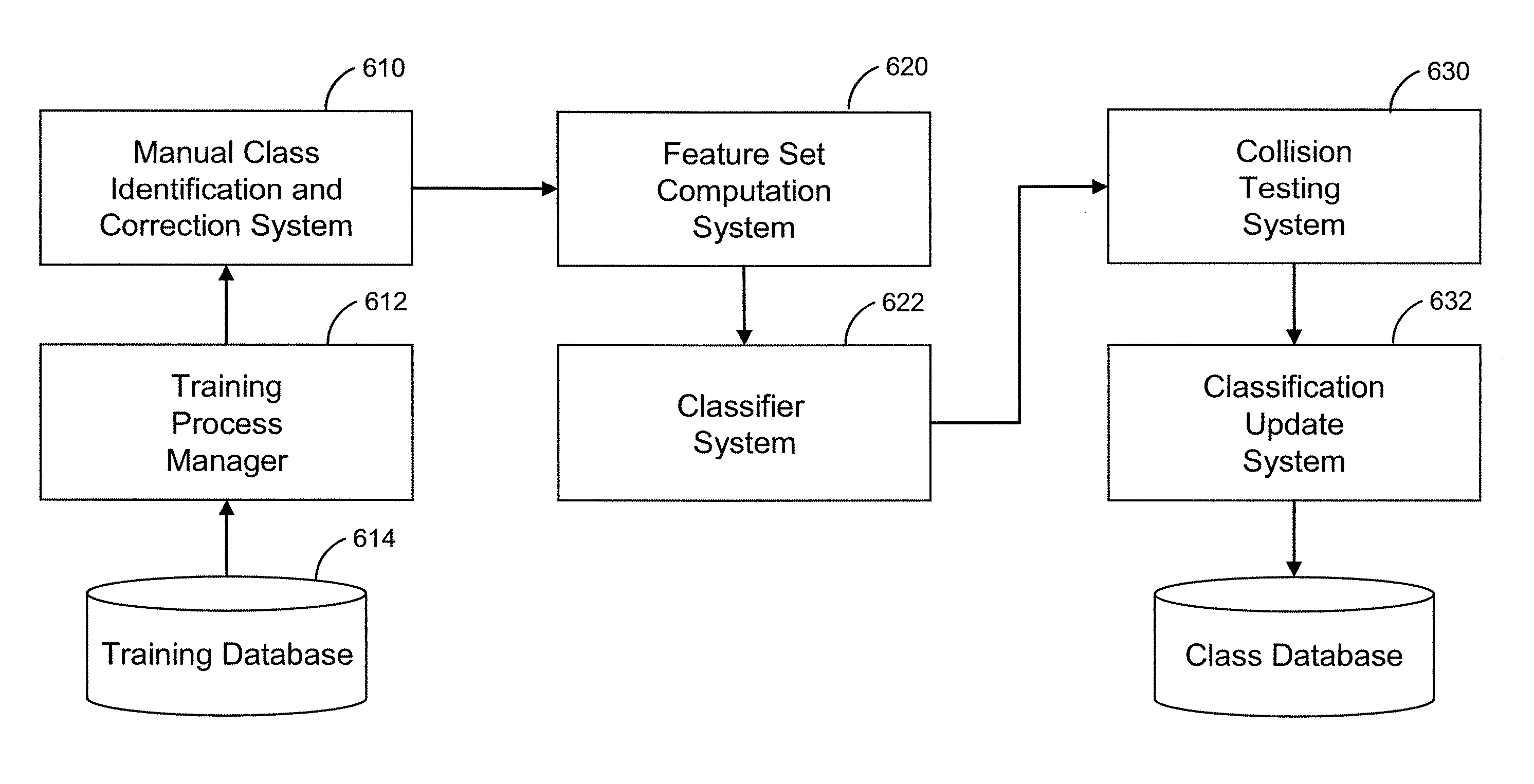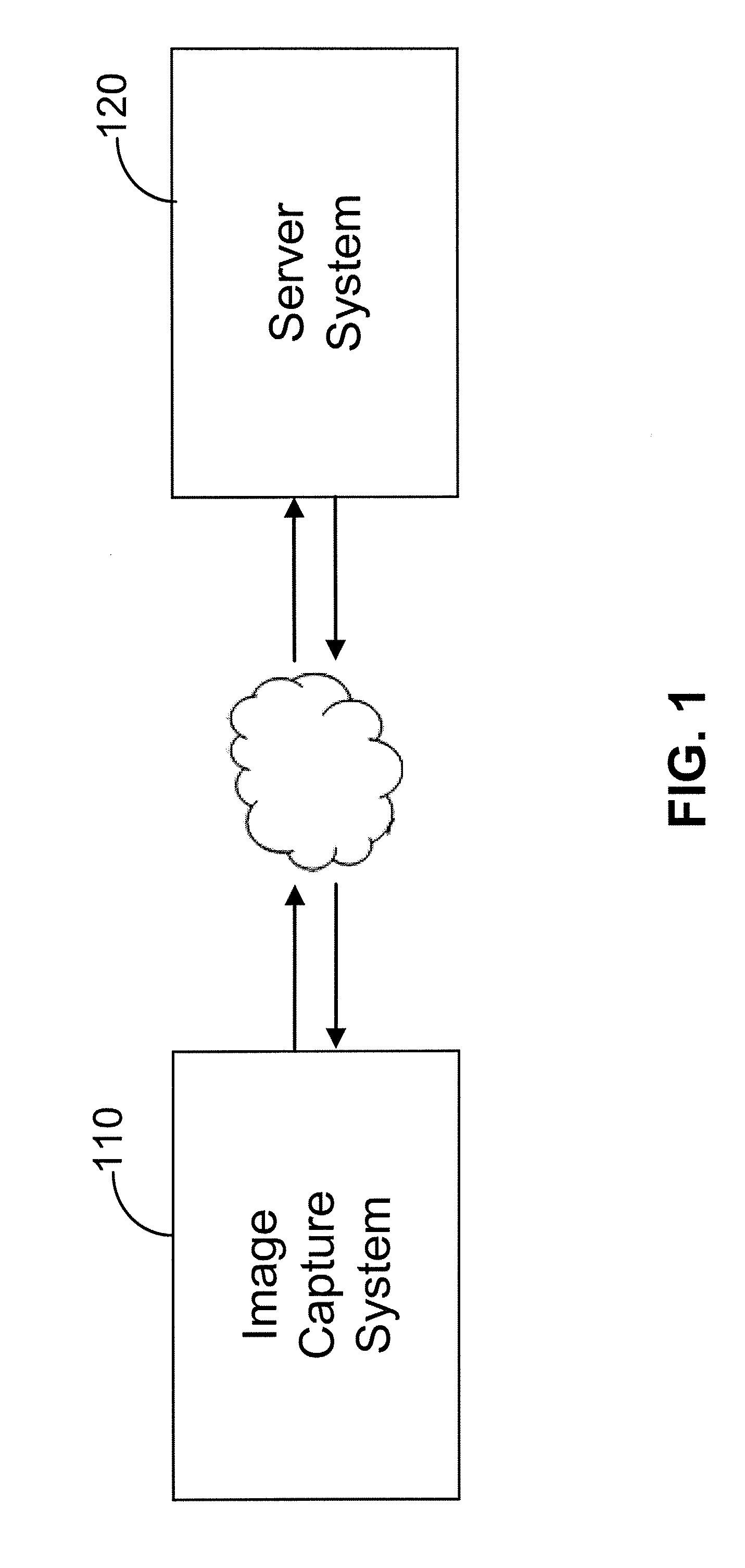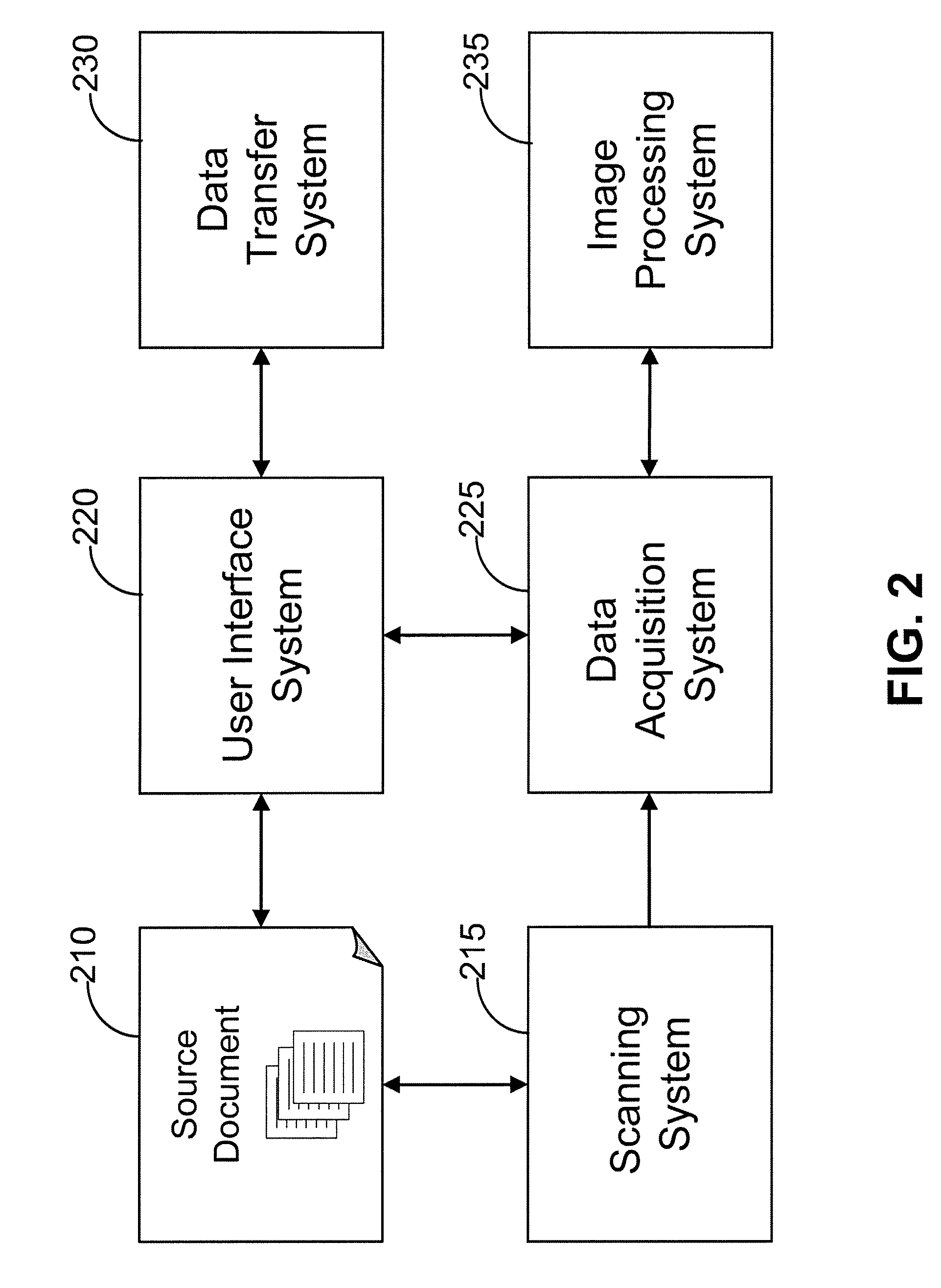Systems and methods for enabling manual classification of unrecognized documents to complete workflow for electronic jobs and to assist machine learning of a recognition system using automatically extracted features of unrecognized documents
a technology of automatic extraction and document recognition, which is applied in the field of system and method for enabling manual classification of unrecognized documents to complete workflow for electronic jobs and to assist machine learning of a recognition system using automatically extracted features of unrecognized documents. it can solve the problems of difficulty and time-consuming to find a particular page within an electronic document, individual organizing paper documents or performing scanning may not have the skill, knowledge or time needed to correctly organize paper documents,
- Summary
- Abstract
- Description
- Claims
- Application Information
AI Technical Summary
Benefits of technology
Problems solved by technology
Method used
Image
Examples
Embodiment Construction
[0028]While the prior art attempts to reduce the cost of electronic document organization through the use of software, none of the above methods of document organization (1) eliminates the human labor and accompanying requirements of education, domain expertise, training, and / or software knowledge, (2) minimizes time spent entering and quality checking page categorization, (3) minimizes errors and (4) protects the privacy of the owners of the data on the electronic documents being organized. What is needed, therefore, is a method of performing electronic document organization that overcomes the above-mentioned limitations and that includes the features numerated above.
[0029]Preferred embodiments of the present invention provide a method and system for converting paper and digital documents into well-organized electronic documents that are indexed, searchable and editable. The resulting organized electronic documents support more rapid and accurate data entry, retrieval and review th...
PUM
 Login to View More
Login to View More Abstract
Description
Claims
Application Information
 Login to View More
Login to View More - R&D
- Intellectual Property
- Life Sciences
- Materials
- Tech Scout
- Unparalleled Data Quality
- Higher Quality Content
- 60% Fewer Hallucinations
Browse by: Latest US Patents, China's latest patents, Technical Efficacy Thesaurus, Application Domain, Technology Topic, Popular Technical Reports.
© 2025 PatSnap. All rights reserved.Legal|Privacy policy|Modern Slavery Act Transparency Statement|Sitemap|About US| Contact US: help@patsnap.com



